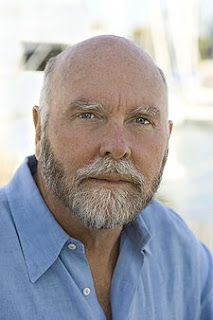See 18-June Post for the composition per the EPA
Nalco has issued additional info on Corexit EC9500, which is now being used in place of EC9527A. They claim it is a blend of six ingredients. On its MSDS, it has three ingredients that add up to about 45% of the total composition. Ordinarily you'd say the rest was water, but it is hard to say. A Nalco press release says that there are six ingredients, and then in crossword puzzle fashion gives clues as to what they are:
• One ingredient is used as a wetting agent in dry gelatin, beverage mixtures, and fruit juice drinks.
• A second ingredient is used in a brand-name dry skin cream and also in a body shampoo
• A third ingredient is found in a popular brand of baby bath liquid.
• A fourth ingredient is found extensively in cosmetics and is also used as a surface-active agent and emulsifier for agents used in food contact.
• A fifth ingredient is used by a major supplier of brand name household cleaning products for “soap scum” removal.
• A sixth ingredient is used in hand creams and lotions, odorless paints and stain blockers.
Let's guess what they might be:
1. Probably the main surfactant, I believe an a fatty alcohol sulfonate -- probably ethoxylated
2. Is a petroleum distillate or a fatty alcohol-- which must be there for package stability
3. Is the propylene glycol
4. Appears to be a secondary surfactant. I am going to guess it is an EO/PO alcohol, where EO/PO stand for a block copolymer of ethylene oxide and propylene oxide.
5. Is a water softener - certainly a non-phosphate type. It could be an polyacrylic acid type or many other things.
6. Is a solvent, perhaps the petroleum distillate disclosed on the MSDS.
Dune Part Two
-
*Plot:* In the second installment, Paul (Timothee Chalamet) and Jessica
(Rebecca Ferguson) take refuge with girlfriend Chani (Zendaya) and the
Fremen,...
4 weeks ago



























